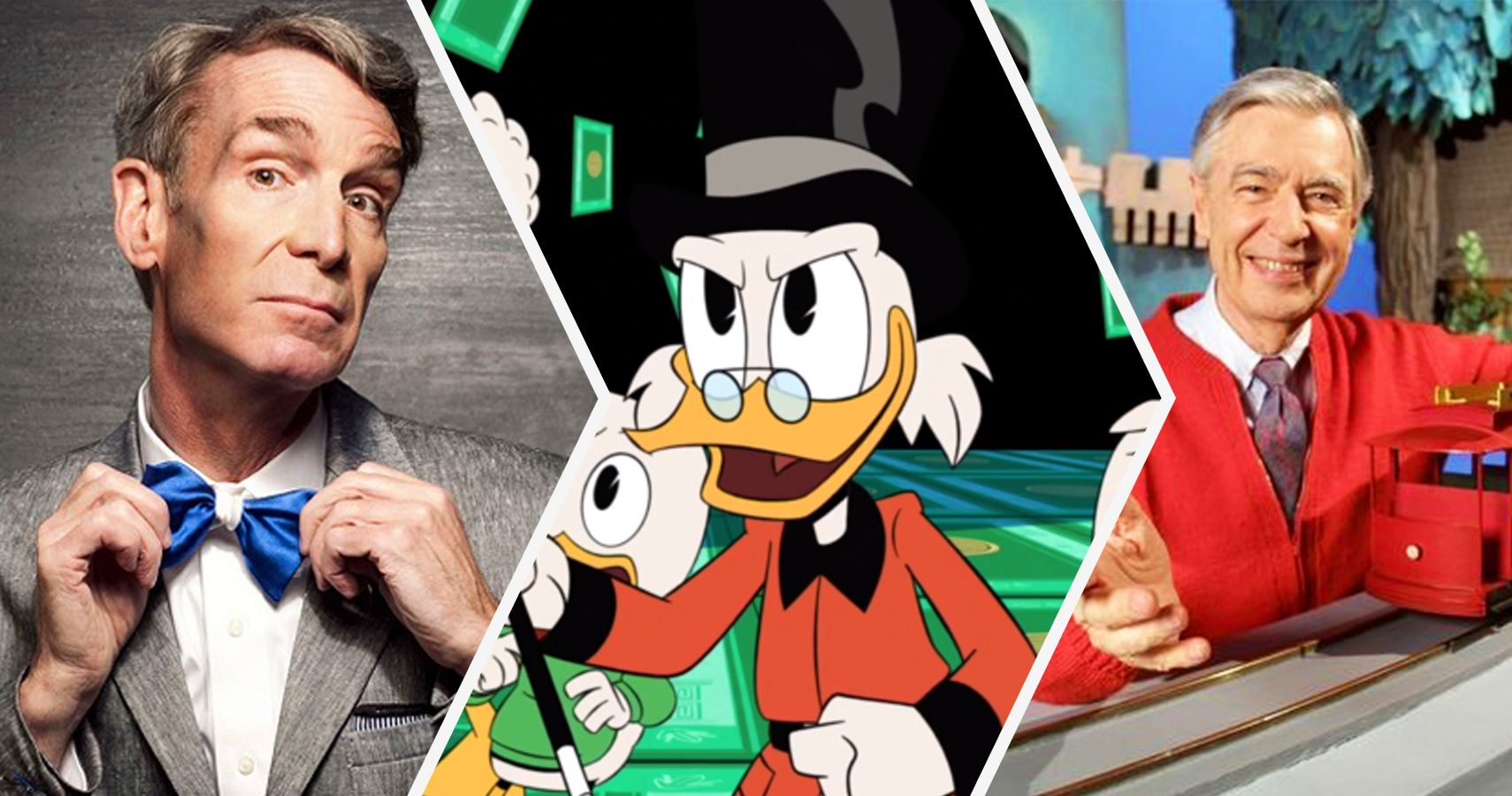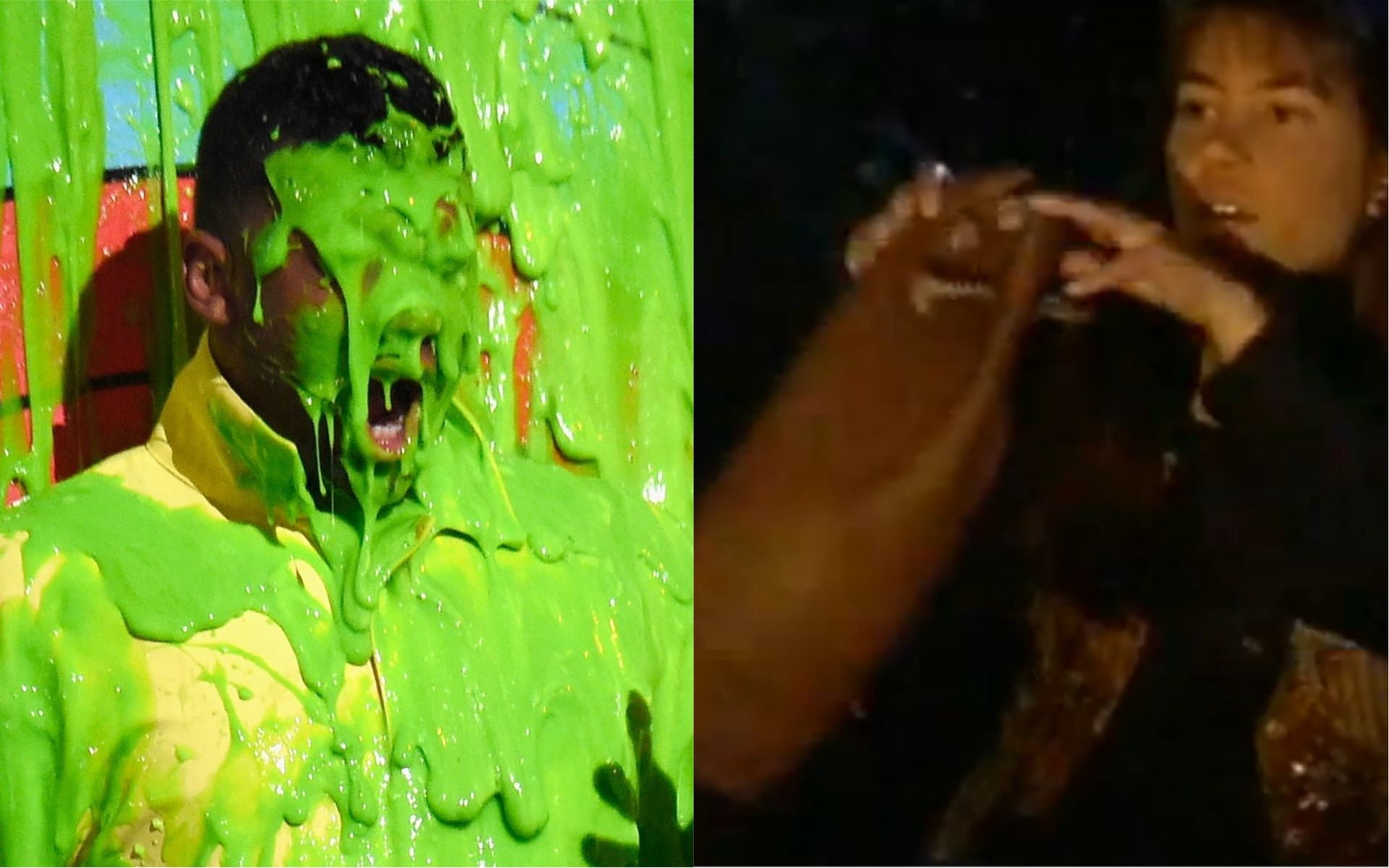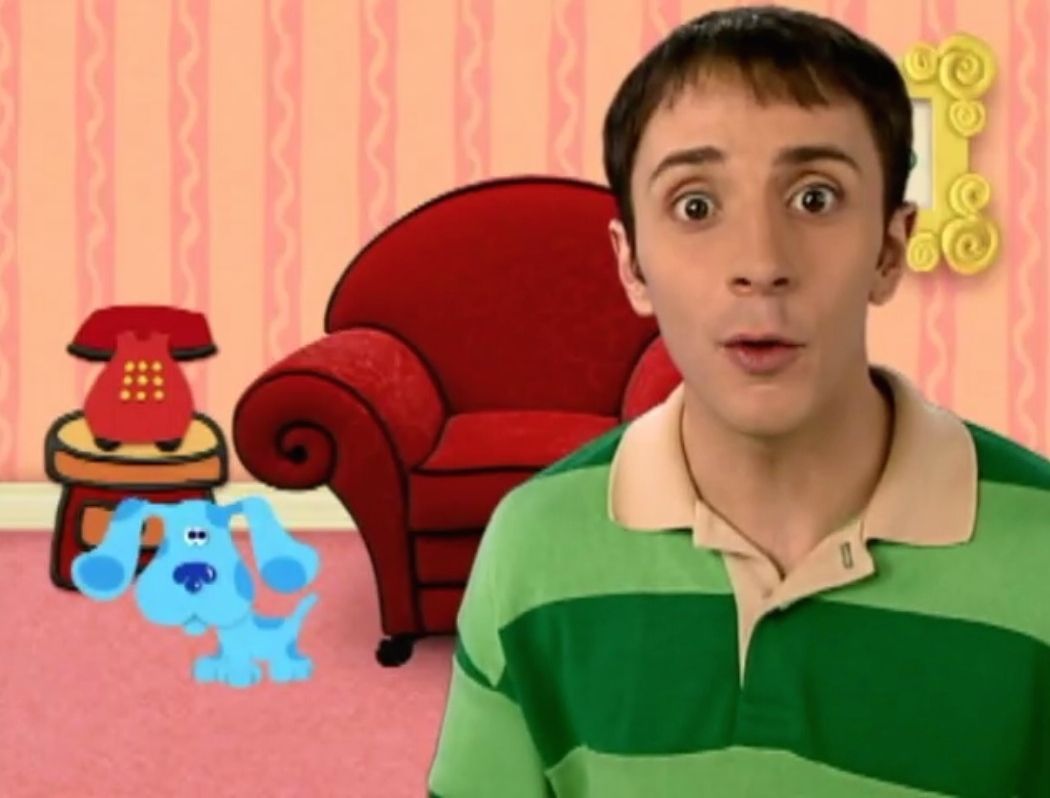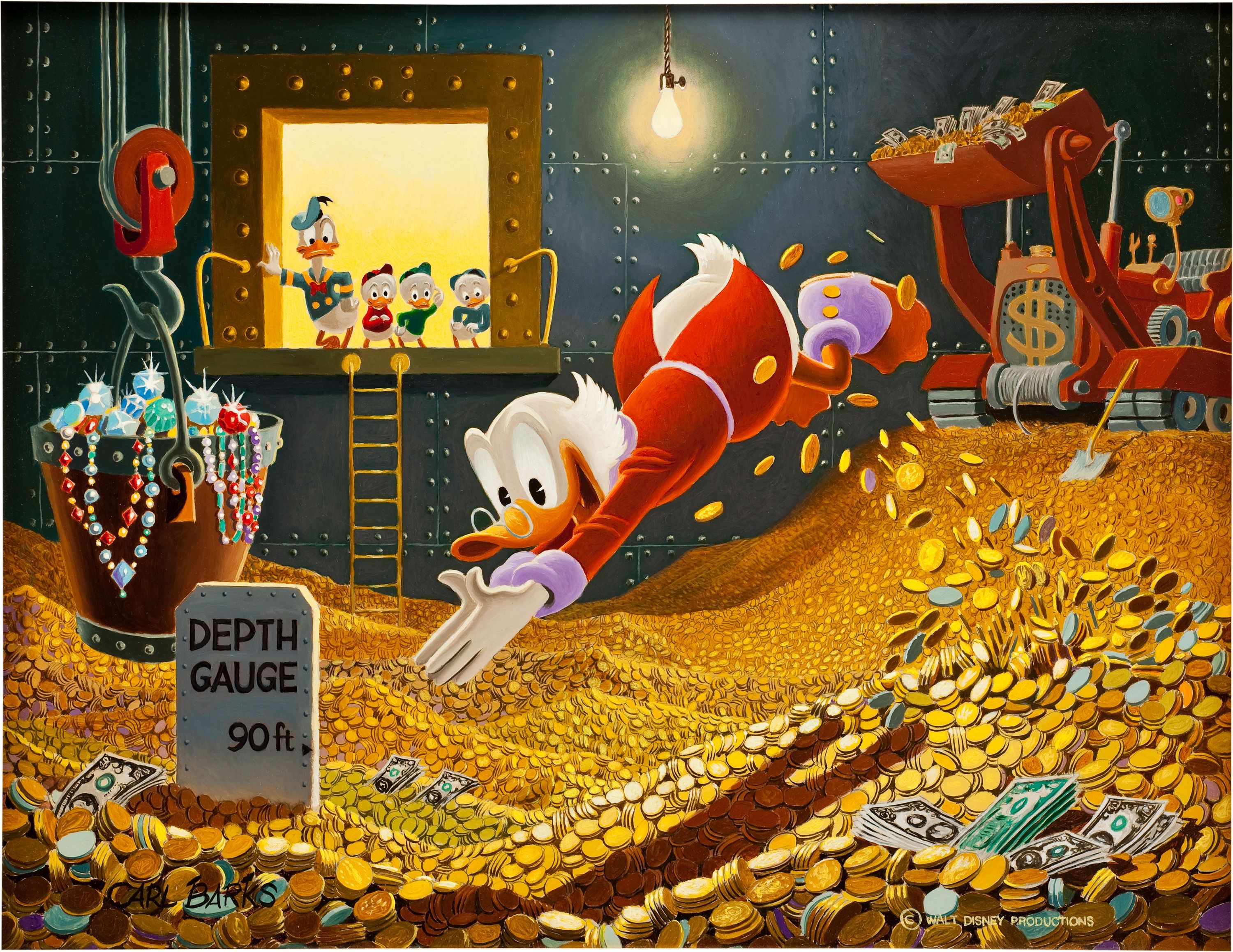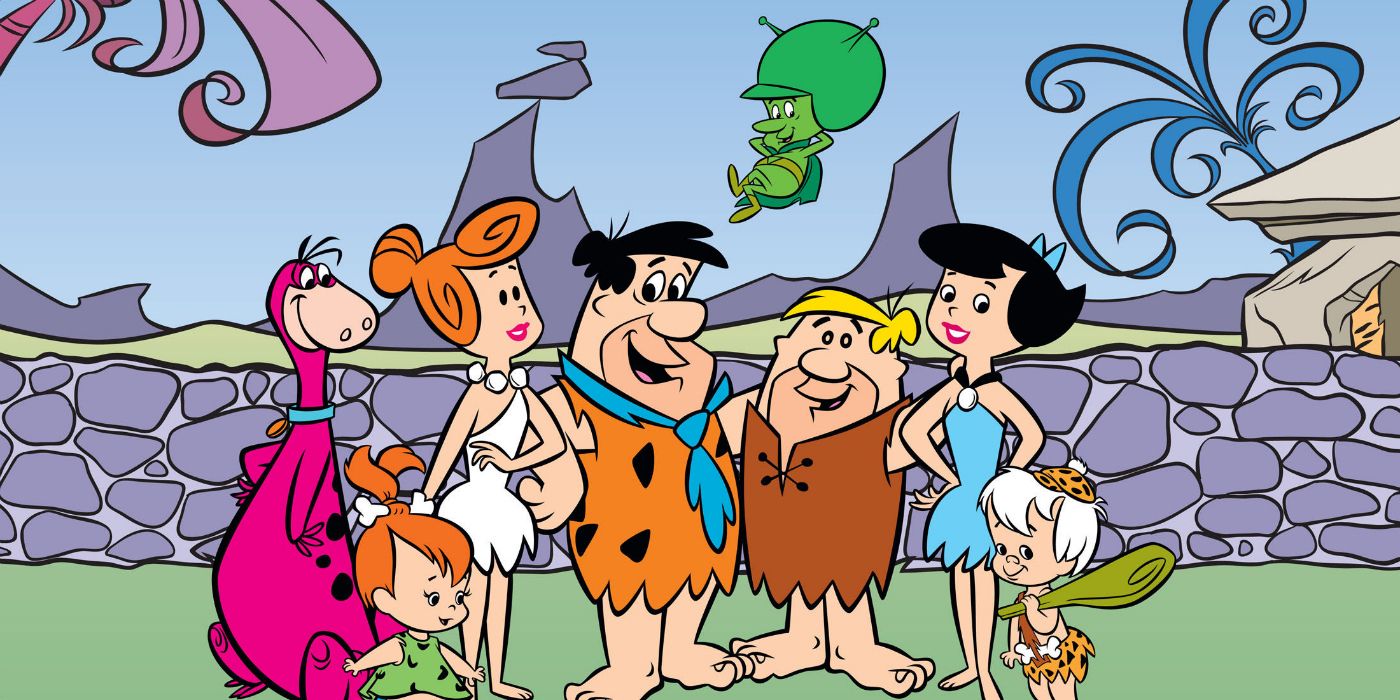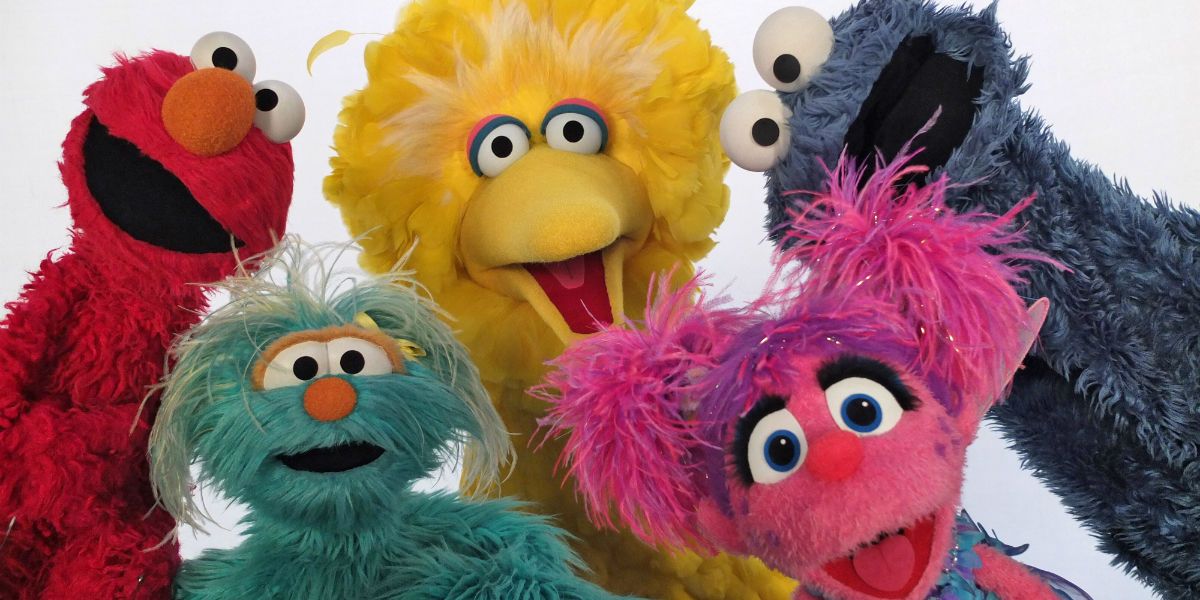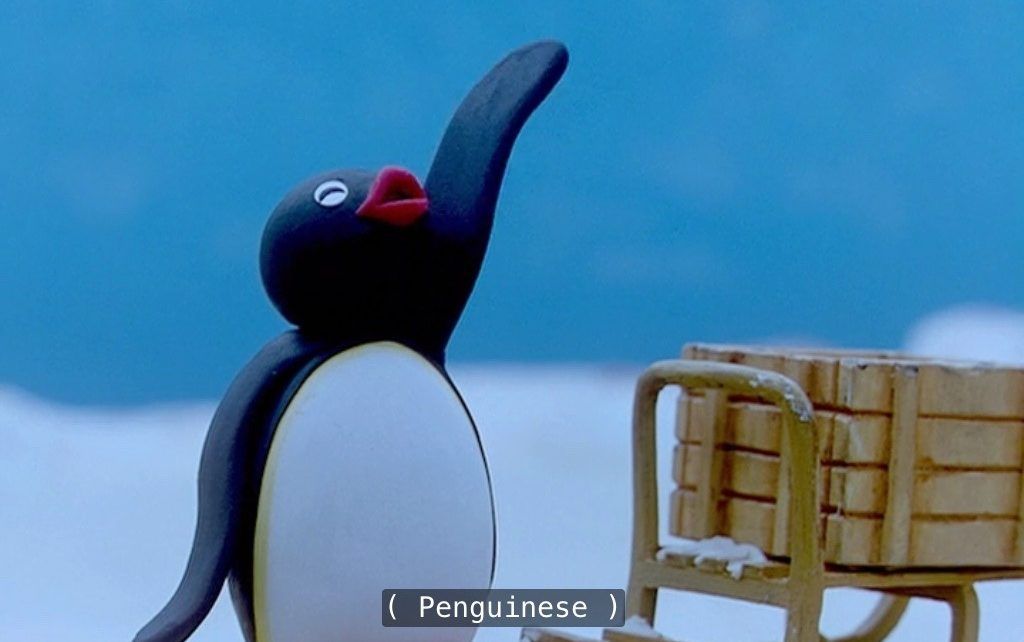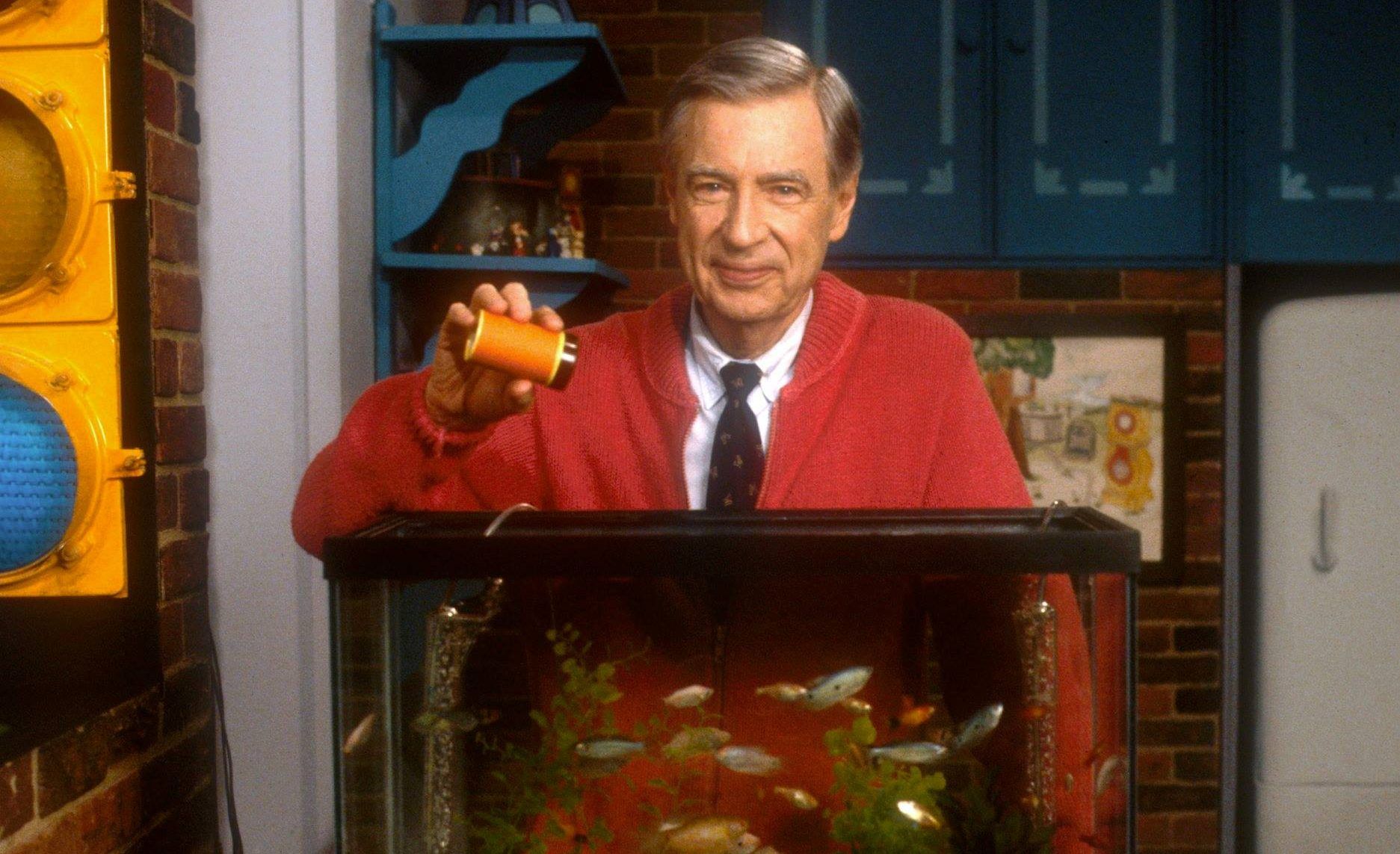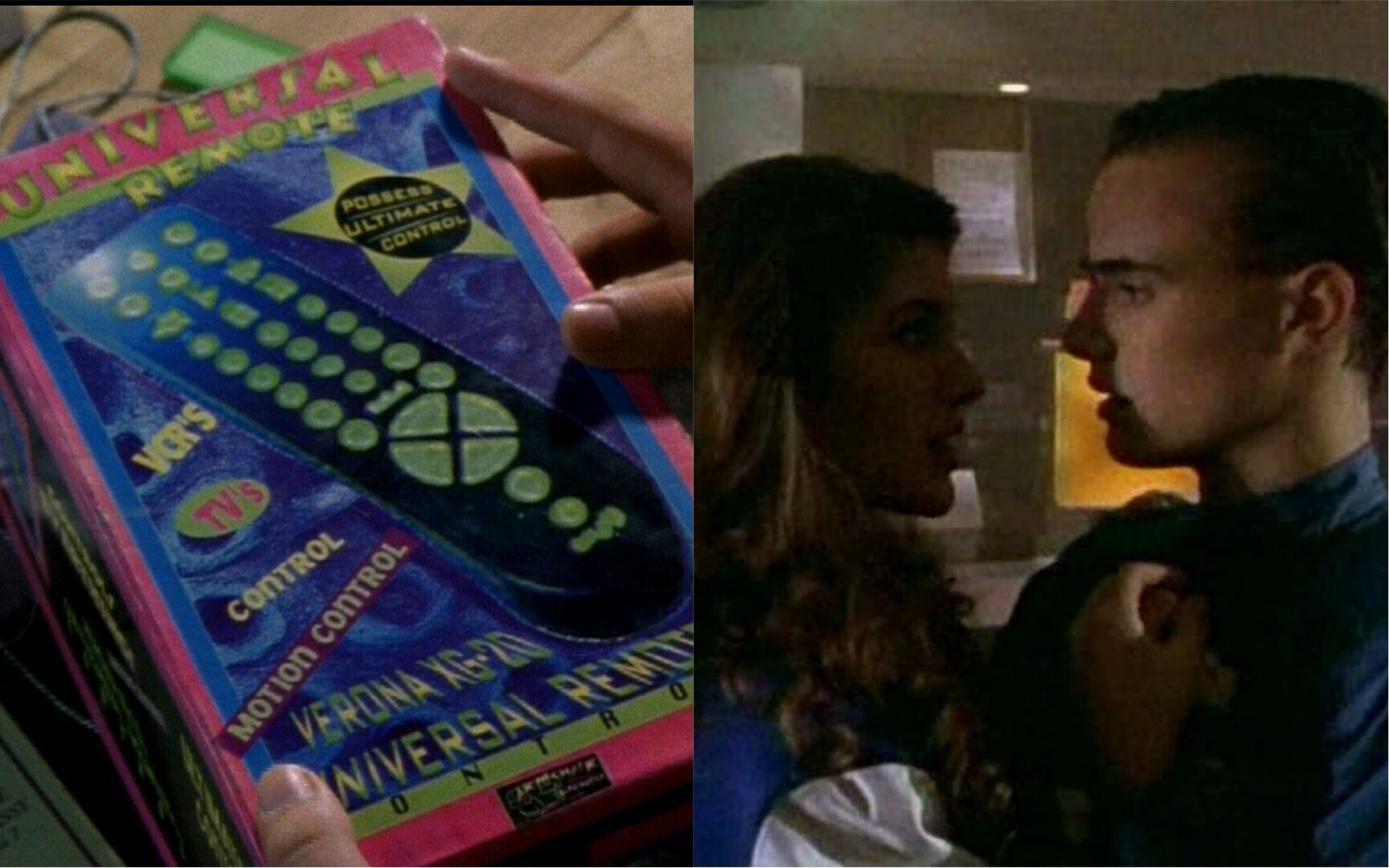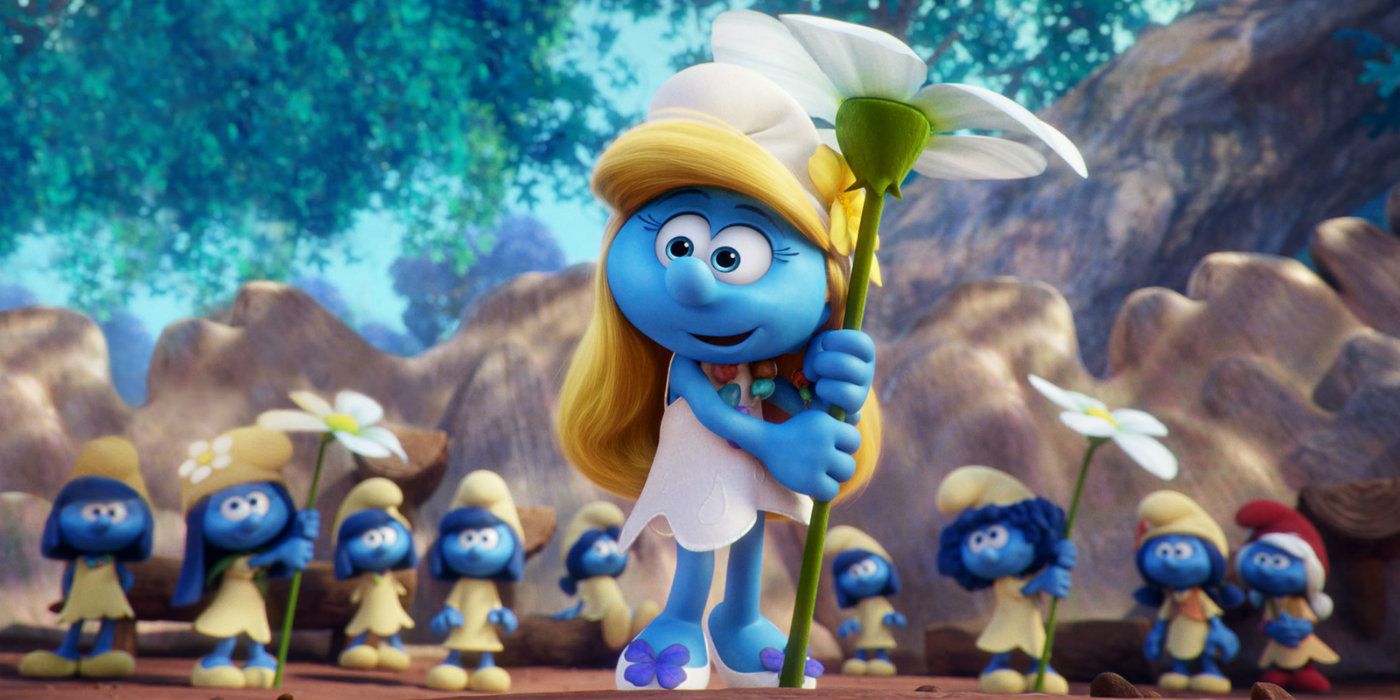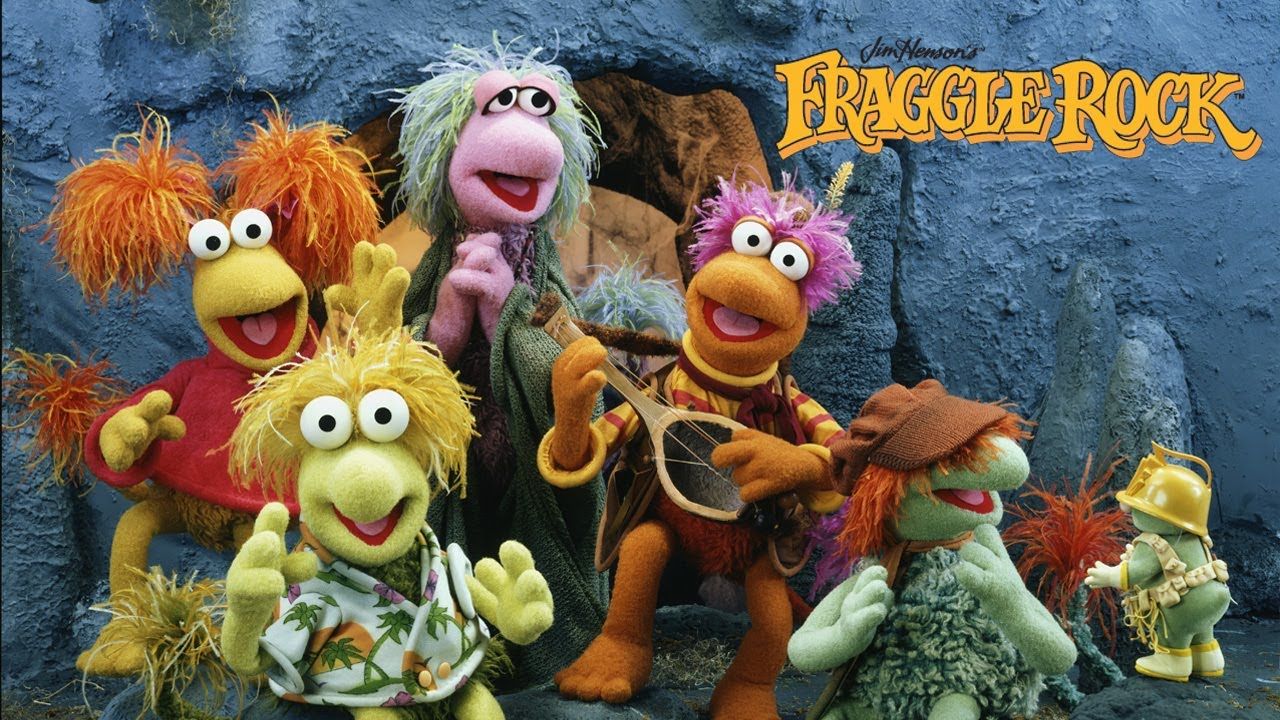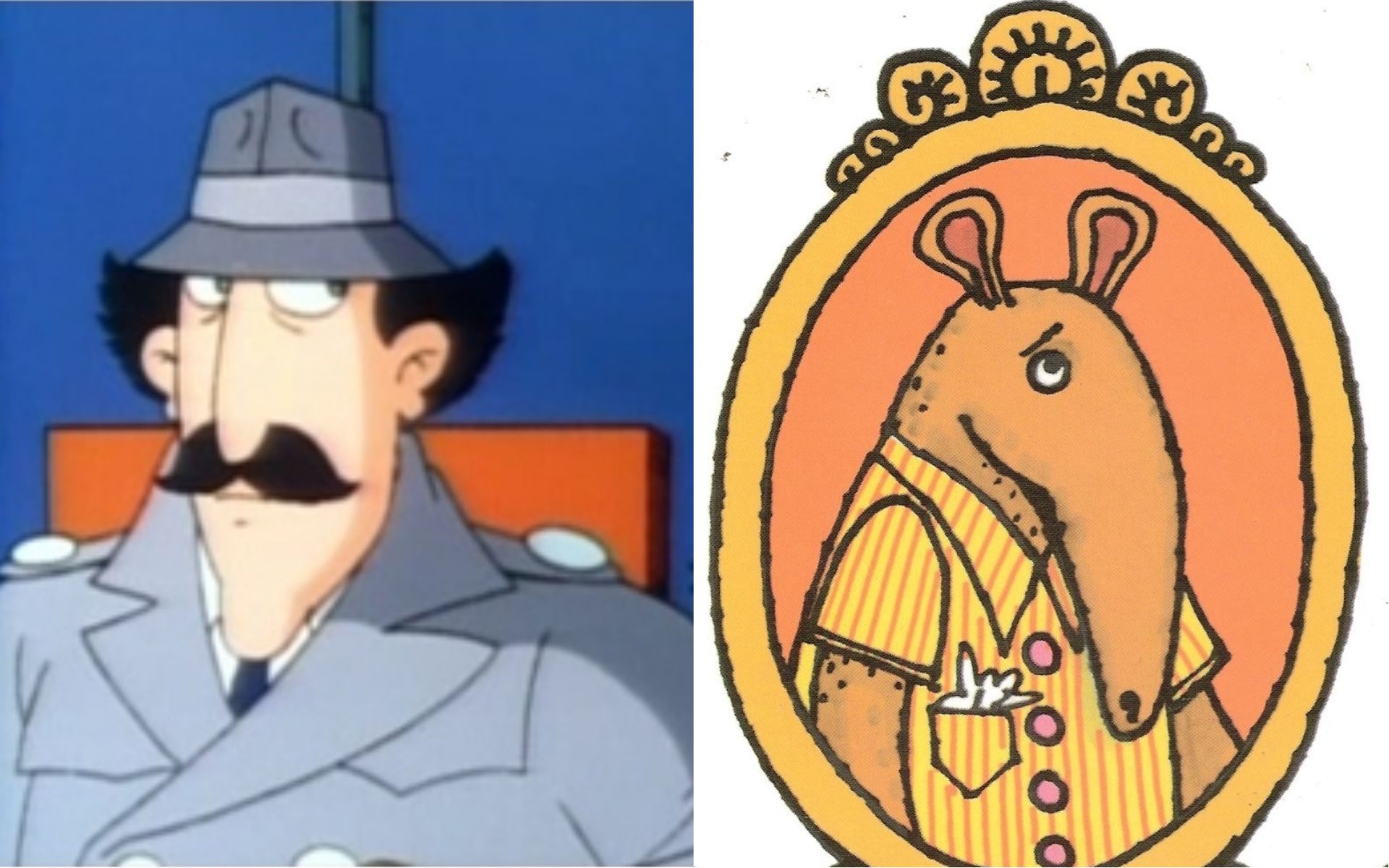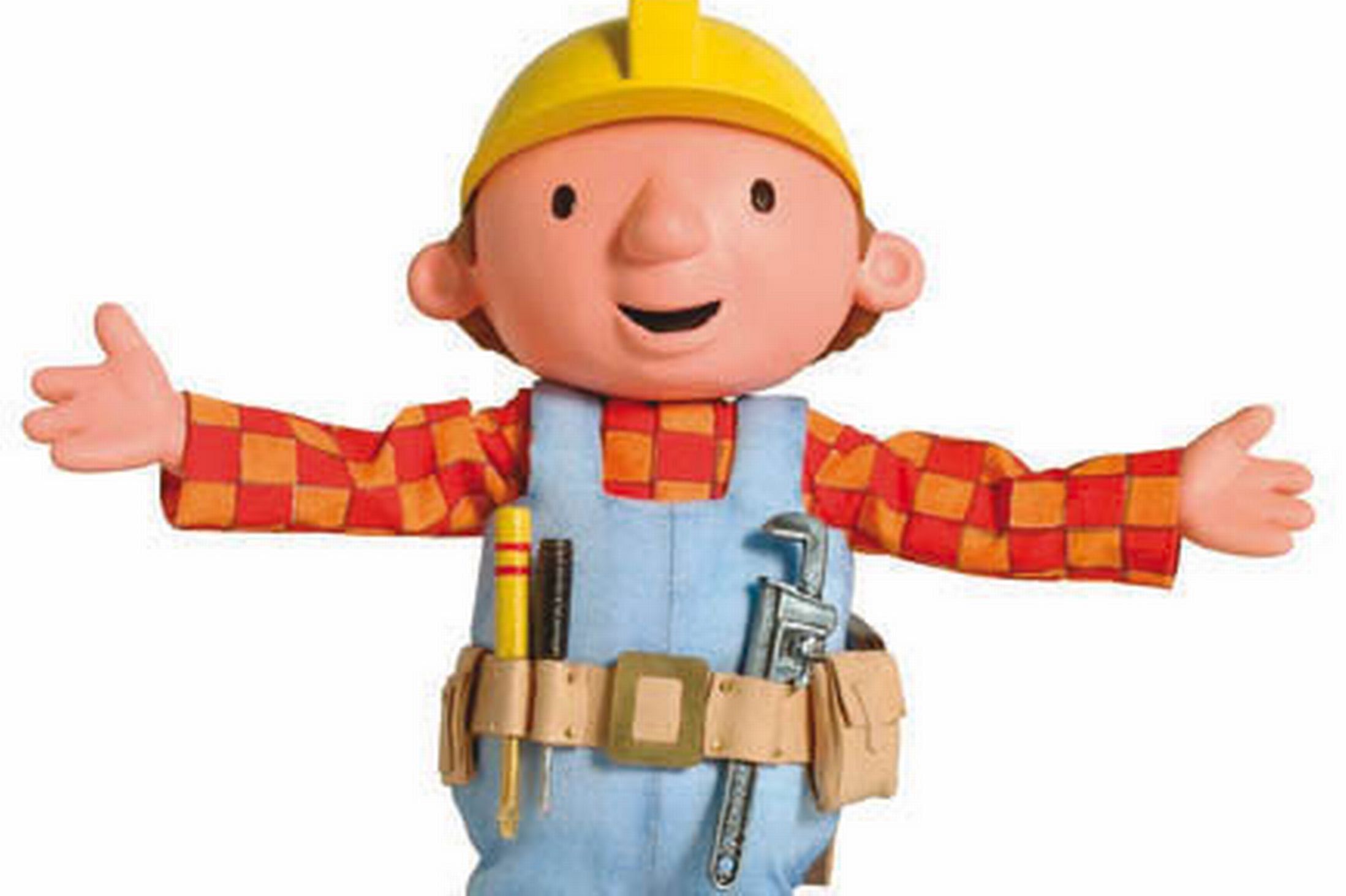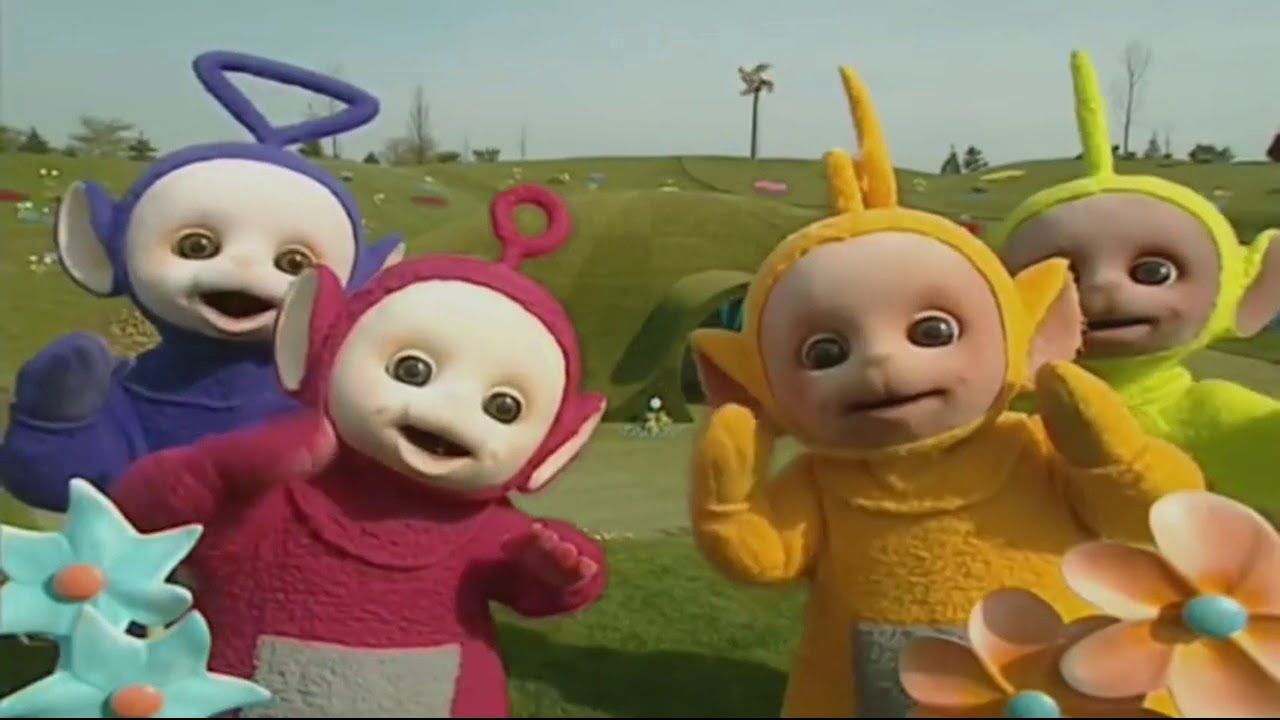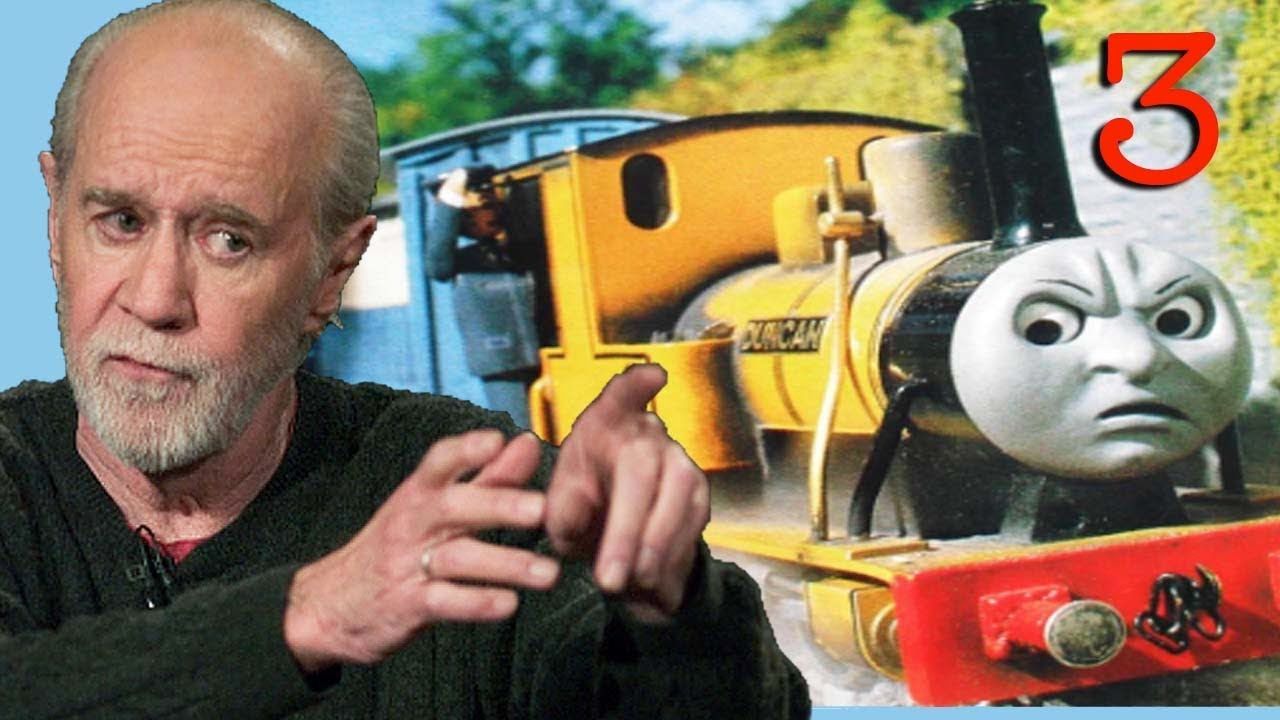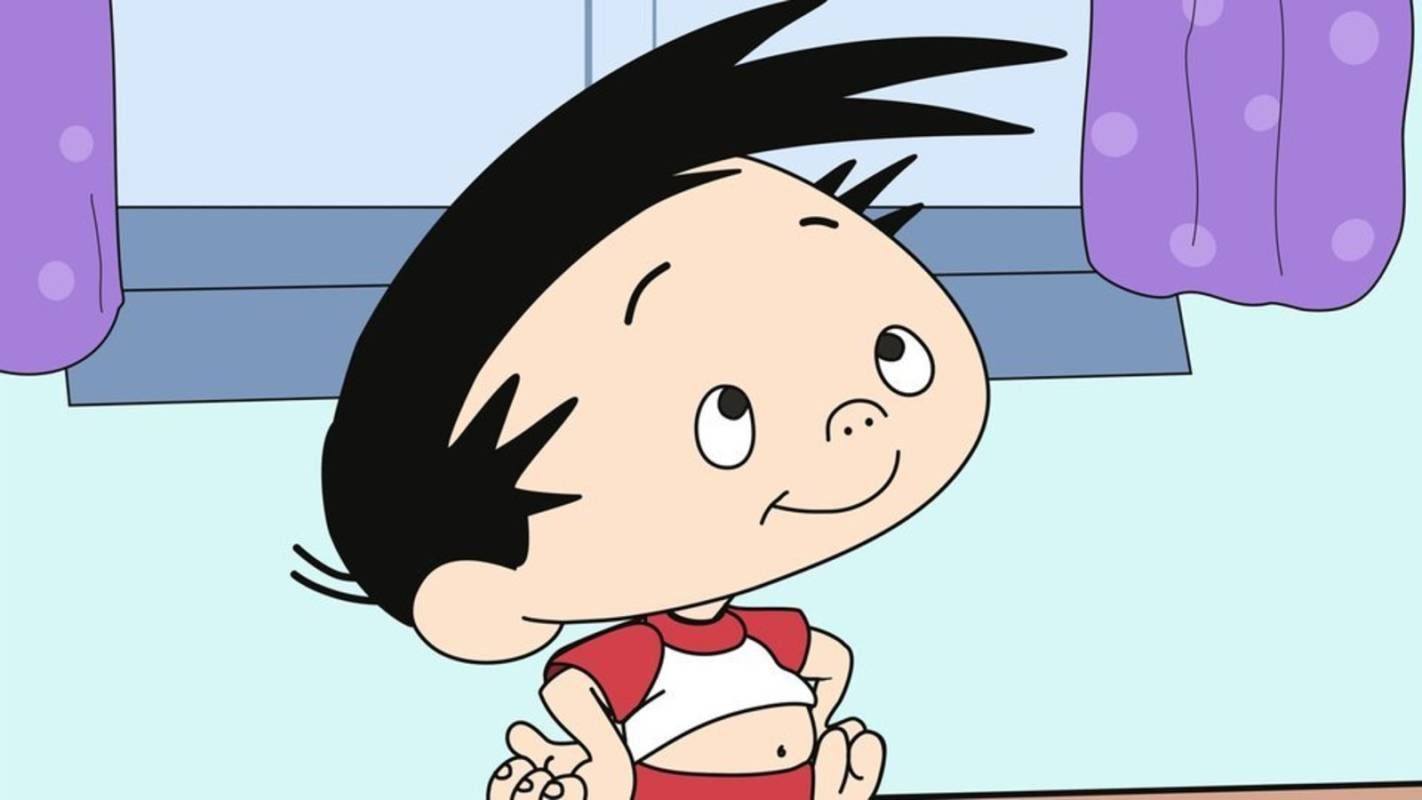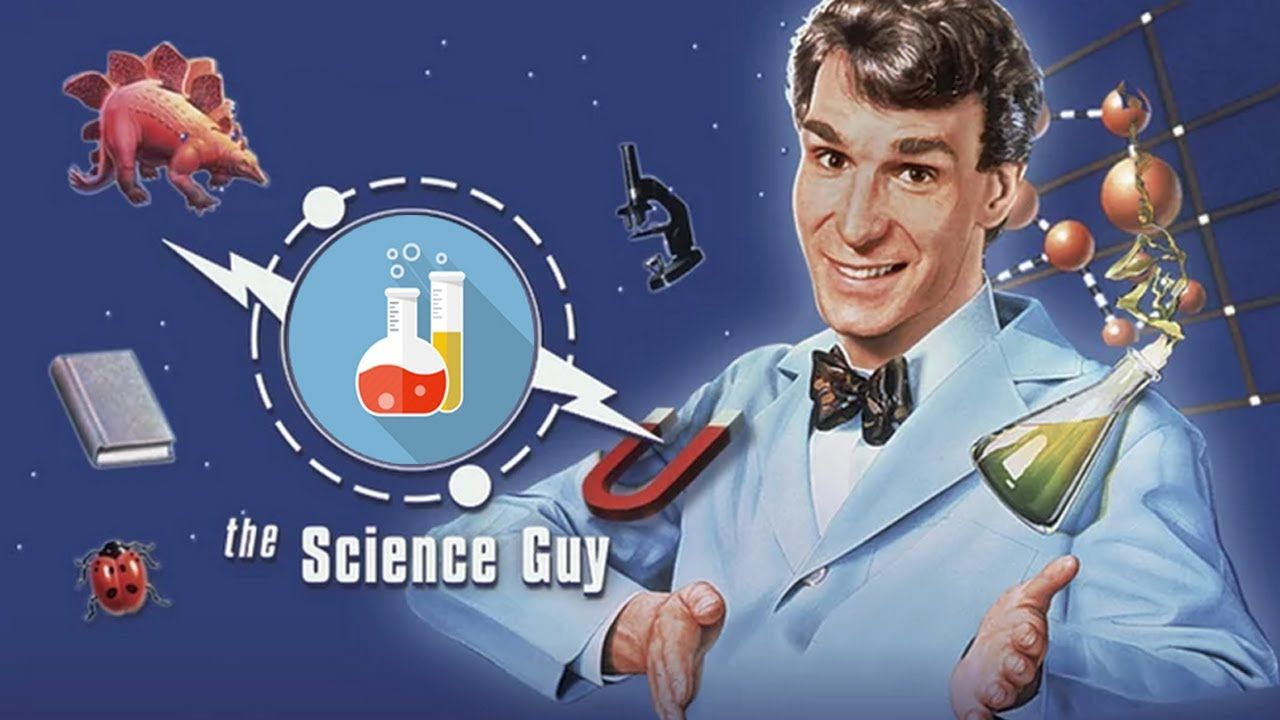Children's television shows are the perfect vessels for urban legends, rumors, and secrets. We all knew and loved these shows, we watched them religiously or had family members who watched them. On the surface, these shows are innocent and simple - this makes it difficult to believe that there could be something about them that everyone doesn't already know. That being said, we were able to find a few secrets there. Some of these shows are still hiding skeletons in their closets after all these years, while others never revealed long-standing mysteries. Well, you're grown now, so it's time you were provided with all the answers.
With this list, we wanted to provide information about popular children's shows that might surprise fans. Some of these behind-the-scenes secrets help solve riddles from the shows themselves, while others are simply interesting pieces of information about how the creators made the shows. While we appeal to the child in you, there are also some tidbits in here that will shock the adult you've become. If nothing else, this list should make you a more complete children's television connoisseur. Though most of these shows have long since gone off the air, they still live on in our hearts.
Here are 16 Secrets Behind Treasured Children's Shows.
What's In The Secret Substances
Perhaps the most famous substances for a generation of kids are the Nickelodeon Green Slime and the Midnight Dust from Are You Afraid of the Dark. Though the Nickelodeon slime recipe changed quite a bit over the years, one of the most common versions of it, according to the host of Double Dare Marc Summers, is a mixture of vanilla pudding, apple sauce, green food coloring, and a little oatmeal.
The Midnight Dust, the magical powder the kids throw on the fire prior to telling scary story, must be more complex.
After all, it makes the fire burst up like it is an accelerant of some sort. Well, it isn't. It is actually just coffee whitener powder and glitter. Though the stuff does burn a little, it is behind-the-scenes TV magic that makes the fire flare up as it did.
What Ever Happened To Steve From Blue's Clues?
Even before Steve Burns, the host of Blue's Clues, left the show in 2001, rumors started flying about his passing away - that's how it all started at least. Some claimed he passed away, others claimed that police arrested him for possession charges. Burns even appeared on The Rosie O'Donnell Show in the late '90s to put an end to the rumors. When Burns left the show for good, the rumors continued.
The cause of the rumors likely stems from Burns' guest appearance on Law and Order. In the episode, he played a kid who police believed was under the influence. He later passed away in police custody. The truth is, Burns left Blues Clues because he was losing his hair. In an interview on Nick Jr., Burns said "I refused to lose my hair on a kid's TV show. … *And it was happening ... fast."
How Rich Is Scrooge McDuck From DuckTales?
To find this answer, you must wade through loose evidence, nonsensical terms, and impossible descriptors when discussing Scrooge McDuck's wealth. Episodes contradict each other and the whole exercise seems futile. Yet, the team at Film Theorists, in their extensive research, seem to have found some possible answers - two of which make a lot of sense.
These totals use different methods of calculation, so choose the method you see fit to help you reach the final number.
The first calculation starts with the depth gauge in McDuck's vault, it then uses McDuck's height to determine the size of the vault and amount of gold, which totals more than $52 billion, making McDuck the fifth richest being in the world. The next method uses the vault's ladder to determine how large the vault and the depth of the gold, which gives us $239 billion. Not bad for a duck!
The Flintstones: Promotional Tool
Even though The Flintstones, in its earliest incarnation, was not a children's show, the later spin-offs were made for kids. That's why it's a shocking revelation for people to hear that the show used to promote cigarettes. In one ad, Fred and Barney watch as Wilma and Betty do the chores, all the while talking about how they dislike watching the women work so hard. They decide to go out to the backyard for a little break, a "Winston break."
Back then, times were different; it was a time during which it was legal to advertise cigarettes on television. These ads were like little spots that were integrated into the episode. It wasn't only cigarettes that The Flintstones promoted. The show also did promos for Welch's Grape Jelly and antacids. The characters were even licensed and used in Busch Beer employee videos.
The Diversity of Sesame Street
Over the years, the setting for Sesame Street has changed quite a bit. This change came with the expansion of the Sesame Street brand. However, in the beginning, this was a show that targeted inner-city youth. The cast was very diverse, and the setting was entirely in an urban inner-city neighborhood. This was to help the target audience relate to what they were seeing on screen.
According the New York Times, the show's target child was a 4-year-old inner city African-American youngster.
Yet, while the show was aimed for the African-American urban youth population, the relationship between Sesame Street and African-American viewers was not always hunky dory. When Oscar the Grouch was first introduced, a symbol of diversity, many fans felt that he was a disparaging look at poor African-American people. They felt Oscar implied that poor minorities would rather live in execrable conditions than struggle to escape them.
The Origin Of Penguinese
Penguinese is the weird language from the TV show Pingu. For many years, fans have been trying to make sense of the speech, but the truth is there is no translation. The language, created by Carlo Bonomi, the show's primary voice actor, is complete gibberish. It turns out that this language is a play on one he used earlier in his career, which he built off Grammelot, better known as clown language.
Interestingly, Grammelot is said to be centuries old, and many clowns are familiar with it. This explains how, when new actors replaced Bonomi on Pingu, two other voice actors were successfully able to replicate Pingu's voice because they knew Grammelot. These actors, both with former clown training, boasted experience using clown language and were able to pick up right where Bonomi left off.
Mr. Rogers Feeding The Fish
While Mr. Rogers would often speak very deliberately to his audience, there was one habit he had which seemed a little strange. For many years, whenever he would pass his fish tank, he would always make sure to feed the fish or talk about feeding them later. The strange part was that he always commented aloud his actions, which he did for a very sweet reason.
The book Dear Mr. Rogers, Does It Ever Rain In Your Neighborhood? states that he started after a letter from a five-year-old visually impaired fan named Katie.
She wrote: "Dear Mister Rogers. Please say when you are feeding your fish, because I worry about them. I can’t see if you are feeding them, so please say you are feeding them out loud." From that day on, he began to describe his feeding of the fish, for Katie.
Quality Inspirations
Although stories are always rehashed and retold, it's fun to note that some of our favorite children's shows like Goosebumps and Are You Afraid of the Dark inspired huge films. Take the Goosebumps episode "Click", for example. This episode, which preceded the Adam Sandler film Click, has an eerily similar plot. Sure, even the Goosebumps story has precursors, but the TV remote device is spot on.
Then there's the "The Tale of the Dream Girl" from AYAOTD, which has striking similarities to M. Night Shyamalan's The Sixth Sense among other stories. The episode features a sister and brother, the latter of whom sees a ghost and tries to figure out what it wants. At the end, it is revealed that he has passed and only his sister can see him.
Though this trope is very old, the similarities here are so striking that a now debunked rumor started about this episode inspiring Shyamalan to make The Sixth Sense.
The Truth About Smurfette
Many people know that The Smurfs' Smurfette was originally created by Gargamel as a spy to create jealousy and envy within Smurf village. Even after Smurfette became a true member of the Smurfs, she was never portrayed very positively. This may be because the creator of The Smurfs, Peyo, was not a fan of Smurfette as she wasn't his idea.
Merchandisers asked Peyo to create Smurfette to expand the brand and sell more merchandise.
Peyo once said of Smurfette, "She seduces, she uses trickery rather than force to get results. She is incapable of telling a joke without blowing the punchline. She is a blabbermouth but only makes superficial comments. She is constantly creating enormous problems for the Smurfs but always manages to blame it on someone else."
Fraggle Rock: Champions Of Diversity
Despite never openly stating it, Fraggle Rock had a clear message to anyone paying attention - the show was all about diversity and togetherness. In the beginning, the creator Jim Henson, suggested that he wanted to stop war with a show.
Jocelyn Stevenson who worked on Fraggle Rock, stated "That's where the idea of three species of characters - the Gorgs, the Doozers and the Fraggles - came from. They all lived together in this world, but they didn't know how they were inter-related, but the audience could see that they were."
This lack of obvious connection was a statement about us, the viewers. We are all humans, yet we fight each other all the time over minor differences. For young viewers, Fraggle Rock showed them that differences can be overcome. These different species of characters didn't speak the same language and had to learn how to communicate with each other to solve problems.
Changing Appearances Of Cartoon Characters
Many characters had their appearances changed over the course of a TV show, but we want to highlight two of the big ones that people forget about. First is the title character from Inspector Gadget. In the pilot episode, Inspector Gadget had a black mustache. However, MGM felt that this look infringed on Inspector Clouseau from The Pink Panther, so Inspector Gadget's animators removed it and gave us the look we all remember.
Then there is Arthur. Marc Brown, the creator, started by publishing Arthur Adventure books, which were later adapted into the show. In the early books, Arthur the aardvark, had a long nose. Over the years, the nose gradually shrunk until he became what we know from the show. The old covers would even be redrawn to erase the old look.
The Japanese Hand Mystery
When animators are creating characters, they often give them only four fingers because it's easier to draw and manage. For Western audiences, this is no problem, but Japanese markets have different interpretations when shows are exported. This happened for two shows in particular, Bob the Builder and Postman Pat. Both characters had four fingers, and the Japanese networks asked the creators if they could doctor the hands to make them a full five.
The reason for this is because, the Japanese Yakuza (a criminal organization) sometimes have members amputate a pinky finger to show solidarity and commitment to the gang. The networks feared that four-fingered characters would scare Japanese children. In the end, neither show ended up doctoring the hands from the already created characters, but certain merchandise was changed to appease the Japanese market.
Kid's Music Topping The Charts
When people think about songs from children's shows, they don't tend to imagine chart topping tracks. But there have been some enormous hits released by these shows.
The Teletubbies song "Eh Oh!" hit number one on the UK charts, selling more than 1,100,000 copies.
In fact, "Eh Oh!" sits #228 all-time in the UK, just below "Don’t Speak" by No Doubt. There are others too - Bob the Builder's "Can We Fix It" sits at #284 all-time, a few spots ahead of "Hey Brother" by Avicii. It's not just original songs from these shows that sell well either. Bob the Builder did a parody of the song "Mambo No. 5", which flew up the charts. That song went all the way to number one on the UK charts - this is the power of marketing to children.
Familiar Voices
You could go through the cast list of almost every children's show and find a name you recognize. Some were famous at the time of doing the kid's show, but most became big stars after their stints. Some, like Samuel L. Jackson on Ghost Writer, participated in live-action shows. Others took on voices of characters on shows.
There were the famous stars, like Ringo Starr and George Carlin, who both narrated Thomas the Tank Engine & Friends, or John Ritter, who voiced Clifford on Clifford the Big Red Dog. Then there were those who did voices on big shows before they became famous, like Michael Cera who voiced Brother Bear on The Berenstain Bears, and Fergie who voiced Sally on Charlie Brown.
If you hear a familiar voice watching a kid's show, don't discount it because of the intended audience.
Finding Bobby's World
Most actors come up with character voices intentionally. They do so while playing around and trying new things out. For Howie Mandel, finding the voice of Bobby from Bobby's World was a little different. Mandel actually carried the voice with him since his childhood, the remnant of a birthday party gone wrong.
When Mandel was young, he was at a birthday party eating cake, at which point he choked.
It was during this time, as he struggled to get some air, that Bobby's voice first came through his vocal chords. This is why Bobby's voice is so wheezy and airy - it's the result of a struggle. Mandel went home with his young life saved, to practice the voice. He learned how to speak in Bobby's voice without the cake and the character was born.
The Education of Bill Nye the Science Guy
To begin, it's important to mention that Bill Nye from Bill Nye the Science Guy was an outstanding educator and someone who piqued the educational interests of many children from around the world. Now, having said that, it may surprise you to learn that Nye is not as highly-educated as you might imagine, at least as far as degrees go.
Outside of a Bachelor of Science in Engineering, Nye only holds honorary degrees. He is quite an accomplished engineer, however, having worked for Boeing out of university.
While paper is certainly not the best measure of educational accomplishments, Nye's lack of advanced degrees is somewhat intriguing - if only because most fans assume that he would have at least a master's degree, if not a doctorate. Though Nye is exceptionally well-educated, his office isn't adorned with many framed college degrees.
---
What was your favorite children's show as a kid? Let us know in the comments!

